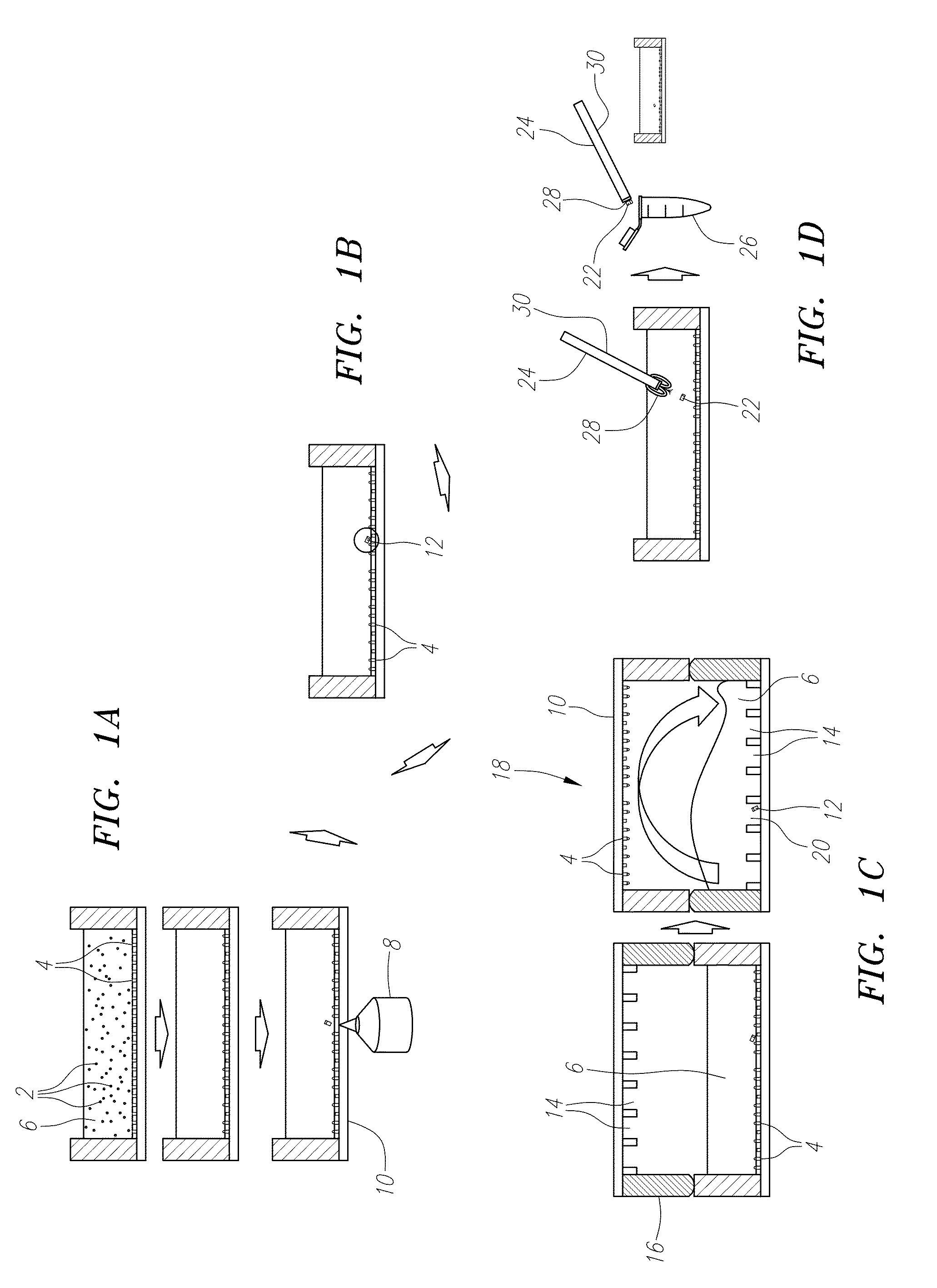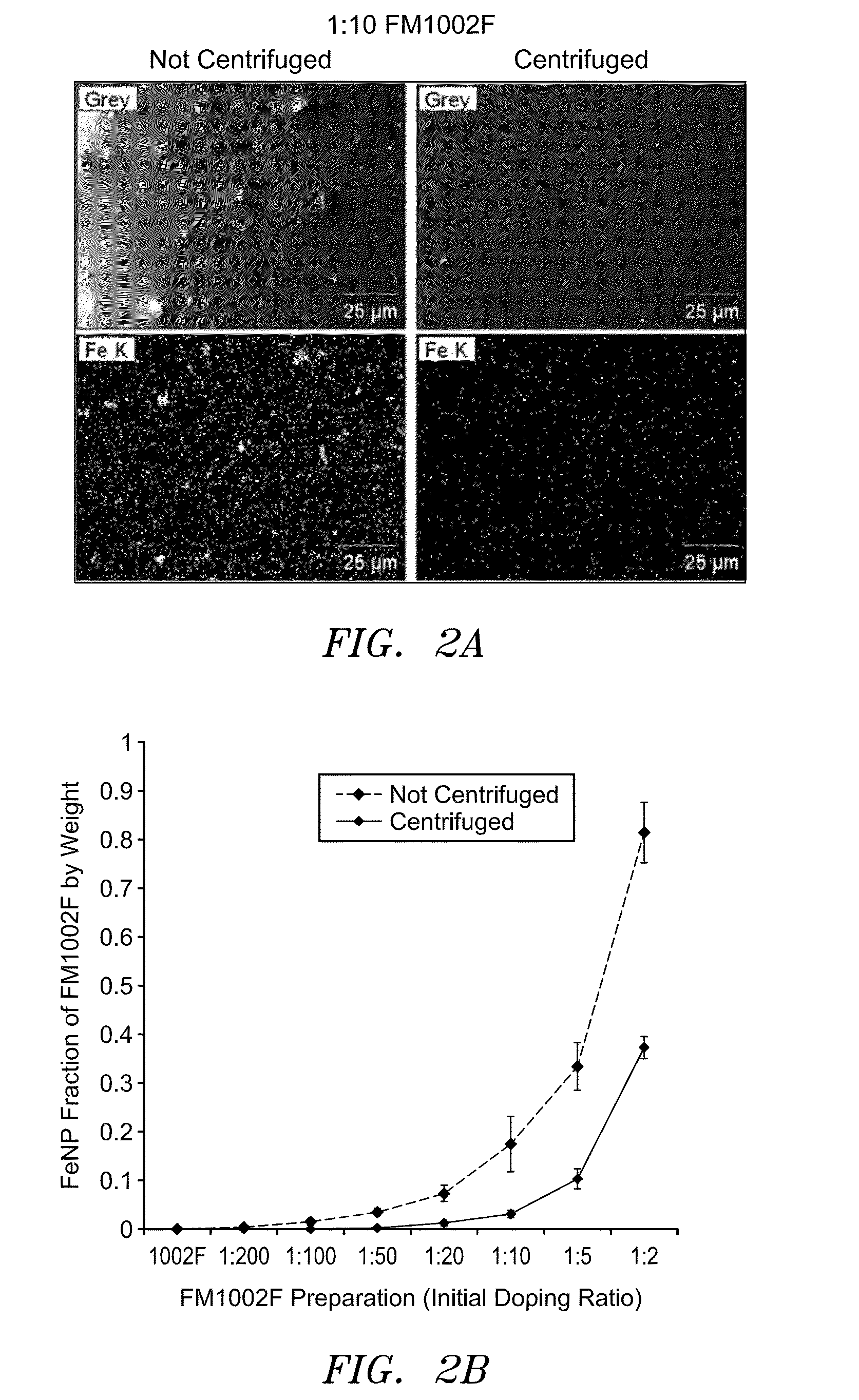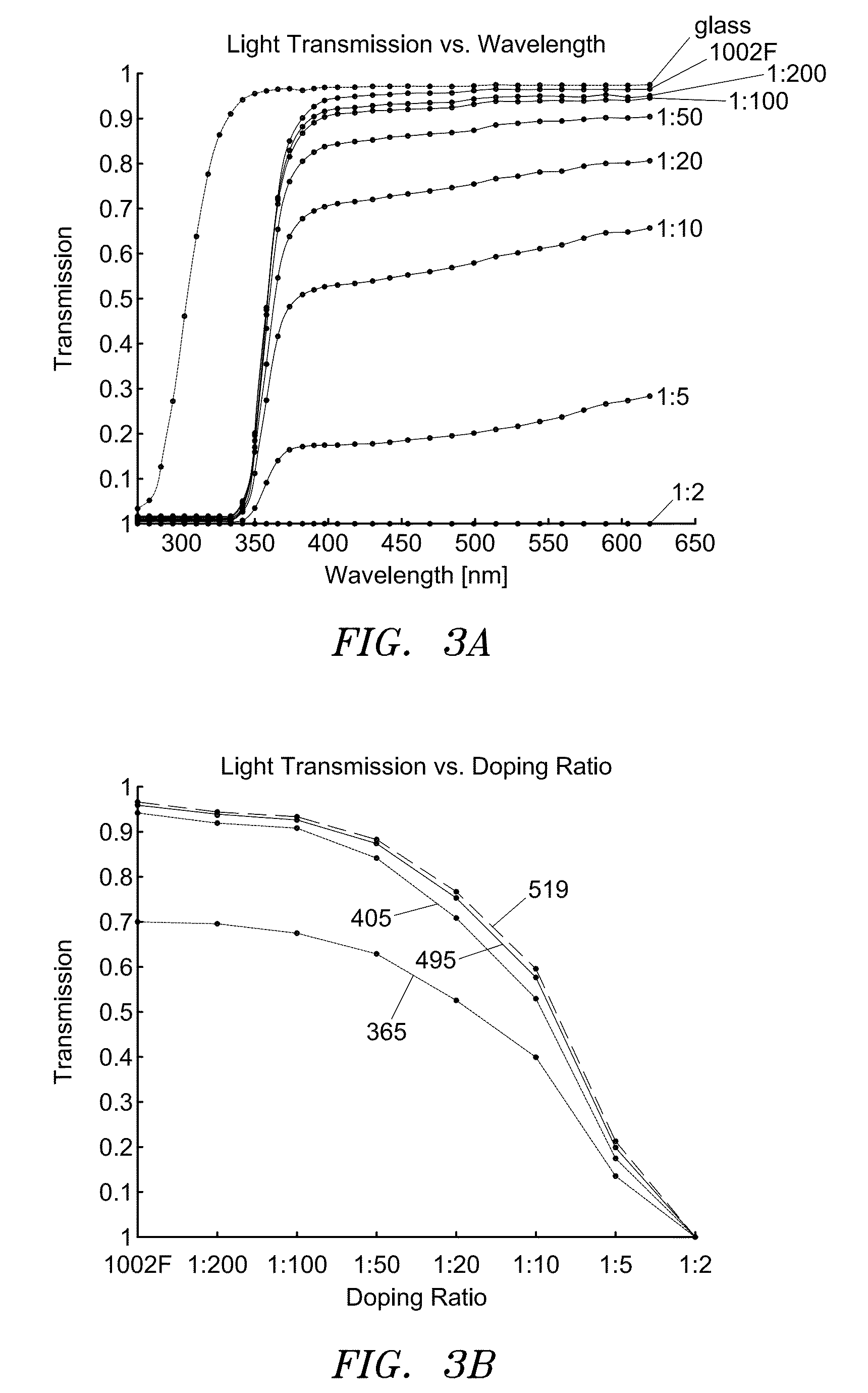Magnetic recovery method of magnetically responsive high-aspect ratio photoresist microstructures
a photoresist microstructure and magnetic recovery technology, applied in combinational chemistry, nanotechnology, library screening, etc., can solve the problems of reducing the system throughput, limited tools, and understanding the biology of individual cells within complex microenvironments, and achieve the effect of facilitating magnetic collection and/or manipulation of individual micropallets
- Summary
- Abstract
- Description
- Claims
- Application Information
AI Technical Summary
Benefits of technology
Problems solved by technology
Method used
Image
Examples
Embodiment Construction
[0008]The embodiments provided herein are directed to systems and methods that facilitate magnetic collection and / or manipulation of individual micropallets. Micropallets are photoresist microstructures that hold (single / small numbers of) adherent cells in culture. Micropallets can be released from an underlying substrate using a high powered laser, after which the micropallets are recoverable with the cells still adhered. The embodiments provided herein are directed to a new method for collecting the micropallets once released from the substrate. It is accomplished by endowing the micropallets with magnetic properties by incorporating ferromagnetic or superparamagnetic nanoparticles into the photoresist material or otherwise incorporating magnetically responsive material into the micropallet structure. The magnetic particles, which posses magnetic qualities, e.g., ferromagnetism, ferrimagnetism, paramagnetism, and are composed of iron, nickel, and / or other magnetic materials, are m...
PUM
| Property | Measurement | Unit |
|---|---|---|
| particle size | aaaaa | aaaaa |
| thick | aaaaa | aaaaa |
| side length | aaaaa | aaaaa |
Abstract
Description
Claims
Application Information
 Login to View More
Login to View More - R&D
- Intellectual Property
- Life Sciences
- Materials
- Tech Scout
- Unparalleled Data Quality
- Higher Quality Content
- 60% Fewer Hallucinations
Browse by: Latest US Patents, China's latest patents, Technical Efficacy Thesaurus, Application Domain, Technology Topic, Popular Technical Reports.
© 2025 PatSnap. All rights reserved.Legal|Privacy policy|Modern Slavery Act Transparency Statement|Sitemap|About US| Contact US: help@patsnap.com



